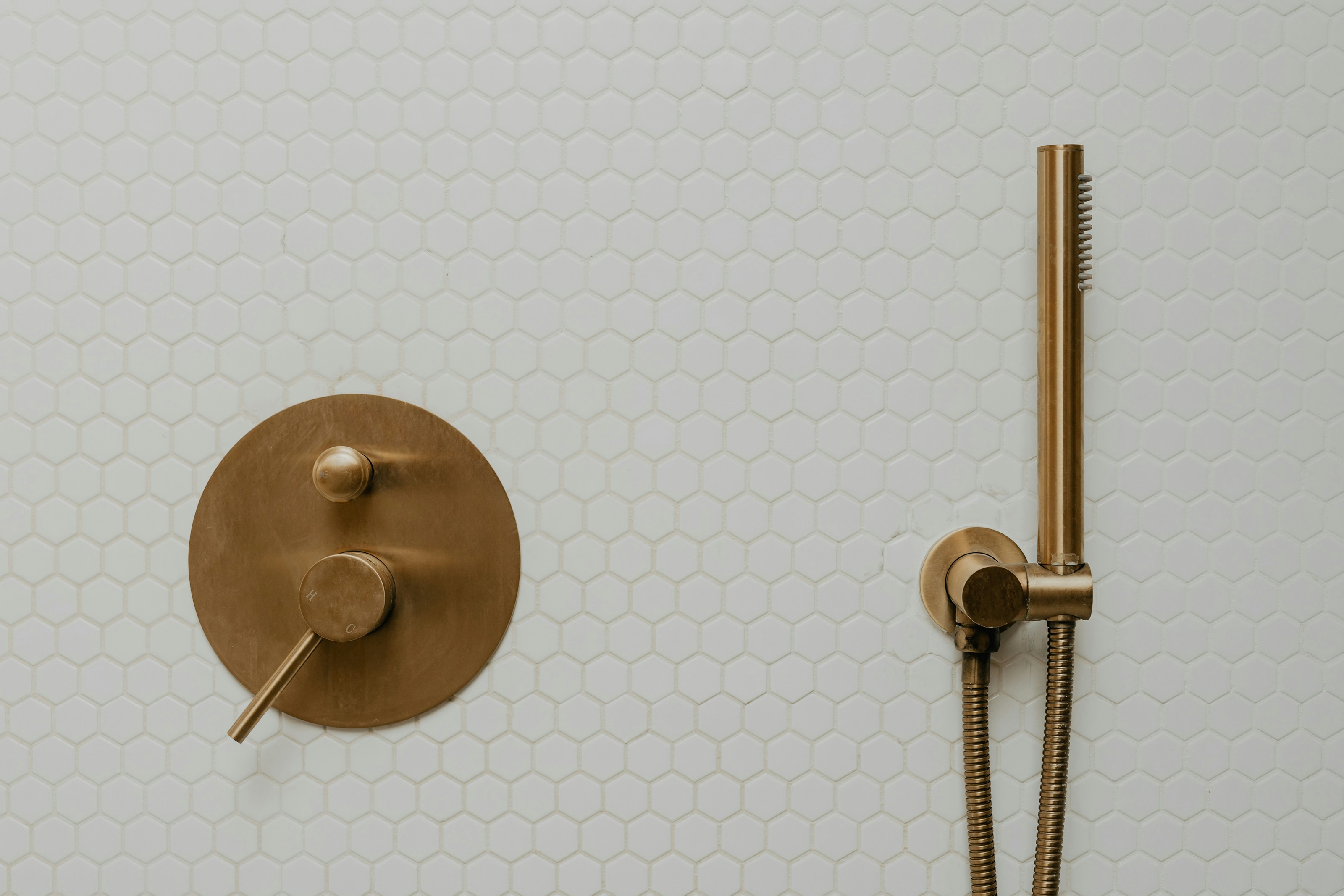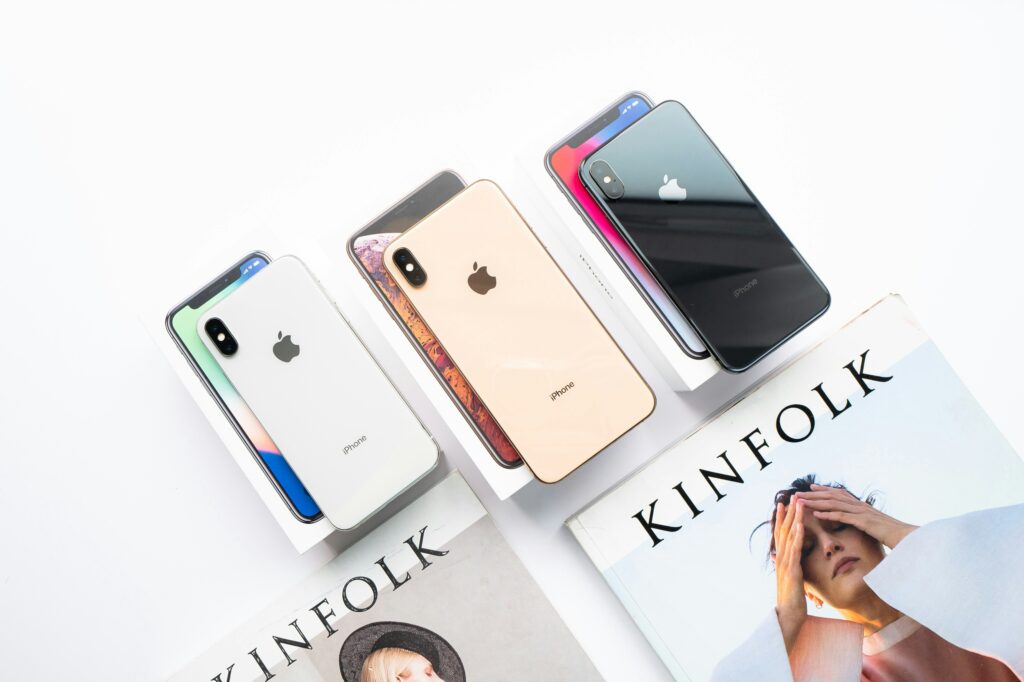From Gimmick to Game Changer
Early Doubts, Now Proven Wrong
Foldable phones were initially dismissed as futuristic novelties flashy in form but flimsy in function. Early adopters complained about thick form factors, fragile hinges, questionable software support, and sky high prices. Critics predicted the trend would fade by 2022.
But as with most breakthrough tech, iteration proved to be the key. Brands listened. Engineering matured. And by 2026, foldables are no longer a niche curiosity they’re a legitimate smartphone category.
What’s New in 2026
The latest generation of foldables has solved many of the problems that once held them back. Today’s models are:
More Durable: Reinforced ultrathin glass and stronger inner layers have dramatically reduced screen cracking and crease buildup.
Battery Optimized: Dual battery systems and improved power management mean most foldables comfortably last a full day on a charge.
Technically Refined: Hinge engineering has reached near utility grade quality, with smoother motion and tested durability exceeding 300,000 folds.
This level of refinement has moved foldables from experimental status to reliable, everyday tech.
Market Growth You Can’t Ignore
The numbers speak volumes. According to recent industry reports, foldable shipments in 2026 are up 40% compared to 2024. This marks the fastest growth rate the foldable segment has seen since its inception.
Key contributing factors include:
Expanded models available in mid tier price ranges
Increased use cases across worker productivity, content creation, and mobile gaming
Renewed consumer confidence in long term performance
In short, foldables have evolved both in public perception and technical execution. They’re not just back; they’ve arrived.
Power Meets Portability
Foldables have finally found their sweet spot: more screen, less bulk. The days of choosing between a tablet sized display and your jacket pocket are over. In 2026, foldable phones offer expansive, high res screens that stay compact when closed. It’s not just a party trick anymore it’s function meeting form in a serious way.
For creators, this means editing on the fly with usable screen real estate. For mobile gamers, it’s smoother gameplay and larger touch zones without tethering to a tablet. For remote workers, it’s a dual screen feel with the portability of a basic phone. This flexibility is shifting how and where people work and create.
Meanwhile, developers are finally catching up. Major apps are rolling out optimized interfaces that make foldables feel native, not just stretched phone UIs. Productivity tools split and scale intelligently. Social platforms adjust layout mid fold. The result? Foldables now offer a software experience that actually meets their hardware potential.
Design That Works (Not Just Looks Cool)

Foldables in 2026 aren’t just sleek they’re built to last. Hinge designs have been overhauled across the board. What used to be clunky or delicate now folds with confidence. Brands are engineering slimmer, cleaner mechanisms with fewer moving parts, drastically reducing failure rates and long term wear. Less hardware, more muscle.
Water and dust resistance is no longer a rare flex it’s table stakes. Premium foldables are boasting IP ratings that rival traditional smartphones. For creators or commuters who live life in motion, that protection matters. You can record on a rainy trail or answer calls at a sandy beach without second guessing your phone’s build.
Then there’s the fold itself. Multi angle hinges aren’t just a convenience anymore they’re functional. Set your phone on a table for a Zoom call, or prop it up for a hands free vlog shot. No tripod? No problem. The form factor finally supports the ways people actually use their devices now: hybrid work, content on the go, and creators filming without a full kit.
Hardware’s catching up to the way we live. Finally.
Foldables vs. Wearables: Complement, Not Competition
Smart glasses are getting smarter, no doubt. In 2026, the latest models are banking on ambient computing offering context aware notifications, hands free navigation, and live translation without needing to pull out a phone. But while glasses are great for glanceable data and subtle interactions, they’re not built for heavy lifting.
Foldables still win where productivity and content creation meet. Long form texts, tight multitasking, quick photo or video edits none of that works elegantly on a sunglass lens. Foldables give you the screen real estate to plan, produce, and publish, and when you’re done, they still slip into your pocket.
It’s not really a war between the two. It’s a division of labor. Glasses are an assist. Foldables are the main gear. If you’re serious about media, work, or creation foldables are still your go to.
For a close look at where smart eyewear is heading, check out Smart Glasses Are Evolving What’s New in 2026.
Who’s Leading the Pack
As the foldable phone market matures, several key players are stepping into the spotlight pushing innovation, tightening software integration, and hinting at entirely new form factors.
Samsung: Setting the Foldable Standard
Samsung continues to dominate the foldable category, and in 2026, it’s raising the bar further:
Tri Fold Displays: With more screen real estate than ever, Samsung’s tri fold prototypes are moving closer to mass production, offering tablet like experiences in a portable form factor.
Rollable Screens: These dynamic displays extend sideways or upward on demand, allowing users to expand their screen size with a single swipe.
Refined Build Quality: Improvements in hinge engineering and materials now offer better long term durability addressing one of the biggest consumer concerns.
Google: Deep Integration with Android
The Pixel Fold wasn’t just Google’s entry into foldables it set the tone for what powerful software hardware cohesion should look like:
Optimized Android for Foldables: Google has made Android smarter about screen transitions and multi window workspaces.
Seamless App Continuity: Apps now adjust instinctively as users open and close their devices, a major quality of life improvement.
Updated Tensor Chips: Foldable friendly performance enhancements are making the Pixel Fold increasingly competitive for multitaskers.
Unexpected Players Enter the Scene
While the foldable race started with a few frontrunners, 2026 has seen a sudden wave of innovation from other manufacturers:
OnePlus and Xiaomi: These tech challengers are competing aggressively with flagship quality foldables at lower price points. Their focus: minimalist design, strong performance, and rapid charging.
Apple’s Quiet Entry: Although not yet officially announced, industry insiders suggest Apple is testing a hybrid design think somewhere between a foldable iPhone and an iPad Mini. If history repeats, Apple’s entrance could reshape consumer expectations entirely.
Foldables are no longer niche. With every major player from Android veterans to iOS holdouts now joining the race, it’s clear this category is heading straight toward the mainstream.
What To Expect Next
Foldables are finally breaking out of luxury tech status. As manufacturing improvements kick in and competition crowds the field, average prices are starting to fall. We’re seeing true mid range foldables enter the market, offering decent specs and build quality without the $1,800 price tag. For content creators and mobile professionals, this opens the door to next gen functionality at old school smartphone pricing.
Cross platform compatibility is also catching up. Foldables are no longer awkward strangers in the Android ecosystem apps are scaling better across screen modes, and OS updates are smoothing UX kinks. Support from developers is growing, with more responsive designs and features tailored to flexible displays. It’s a quiet software evolution that’s making these devices genuinely usable, not just cool to hold.
Looking beyond 2026, foldables aren’t just phones. They’re becoming nodes in a broader mobile computing setup: tablets when you need screen size, phones when you need portability, and second monitors when you’re on the go. Whether it’s tethered to a headset, driving a desktop view, or doubling as a media hub, the foldable isn’t a side evolution it’s becoming the main track.
